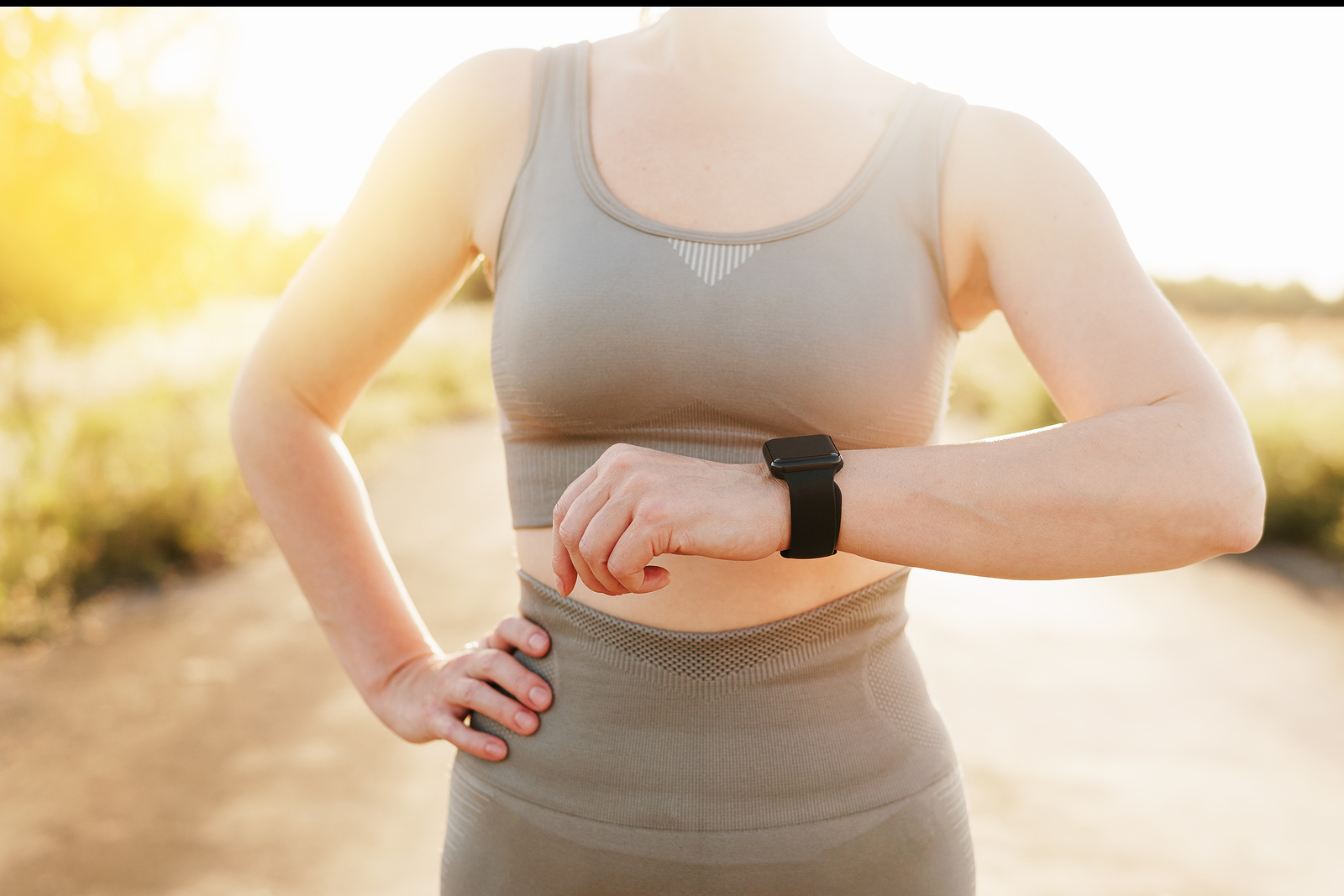
Wearable technology, such as fitness trackers and smartwatches, has become increasingly popular. These devices can track health data such as steps, heart rate, and sleep patterns. But are they worth the investment for improving overall health?
Some experts argue that wearable technology can be a valuable tool for increasing physical activity and motivating individuals to reach their fitness goals. However, others caution that relying too heavily on these devices may lead to an overly numbers-focused approach to fitness and neglect other important aspects of health, such as proper nutrition and stress management.
What is Wearable Technology, and What Does it Do?
Electronics that patients can wear, such as Fitbits and smartwatches, are referred to as wearable technology in the healthcare industry. This technology is used to gather information on patients’ health and fitness. These gadgets can instantly transmit a user’s health data to a physician or healthcare professional. As more people exhibit interest in sharing their wearable data with their providers and insurance, demand for wearables is anticipated to rise in upcoming years. (Phaneuf)
Should You Invest In them?
The latest smartwatches have a brand-new feature that is the most revolutionary: they can warn you of potential medical issues before they get serious. Early warning signs include sleeping more or less than anticipated or having a different baseline heart rate.
Wearable technology works wonders in monitoring atrial fibrillation. It is a heart condition in which your heart quivers rather than beats. It affects up to 6 million Americans and frequently results in a stroke. These episodes are intermittent, and the chances of your doctor missing them during your checkup are higher. This is where your watch can be helpful. Since it is always with you, it detects that your heart is out of rhythm and will display a notification. (CBS News)
Here are a few things to keep in mind while investing in wearables:
Usability: Because wearable technology in healthcare is worn on the body, it must withstand various scenarios people face daily. A patient, for example, may need to use a wearable diabetes monitor all the time, which requires it to meet more strict standards than a stationary medical device. Wearable technology producers in healthcare are constantly working to improve their products’ aesthetics and medical device usability engineering to make them more user-friendly.
Battery life: Wearable device manufacturers must assess a product’s battery life to enhance comfort and usefulness. Continuous battery changes or recharges can be inconvenient for patients who wear ECG monitors and negatively affect their ability to function.
Connectivity: Monitoring a patient’s vital signs and gathering data to provide medical professionals with information and help them design a treatment plan is one of the main objectives of wearable technology in healthcare. To perform this, the gadget needs to be linked by Wi-Fi, Bluetooth Low Energy (BLE), or cellular connections. If clinicians cannot easily access the data provided by wearable heart monitoring devices, they are of little use.
Size restrictions: For a device to be truly wearable, it must be small enough to be worn on the body without discomfort, usually under clothing, and meet connection performance standards. This results in a ton of technology being jammed into a little package, which presents significant design issues. (Ellis)
The rise of new technologies has pushed the growth of healthcare. As a result, the healthcare industry will change even more in the coming years. Healthcare professionals and technology leaders must both do their part to stay up to date on emerging technologies and actively work to develop the systems and skills required to use them.
It is essential to consider all aspects of health when determining if wearable technology is right for you. Remember, the most important indicator of fitness and health is not the data on your wrist but how you feel in your day-to-day life. Those with medical conditions should consult with their doctor before using a wearable device to monitor vital signs.
Works Cited
CBS News. “Self-Tracking Your Health Data.” CBS News, CBS Interactive, 22 May 2022, www.cbsnews.com/news/self-tracking-your-health-data-wearables/.
Ellis, Cat. “The Best Fitness Trackers 2022 to Help You Get More Active.” TechRadar, TechRadar, 3 Feb. 2022, www.techradar.com/best/best-fitness-trackers.
Phaneuf, Alicia. “Wearable Tech in Healthcare: Smart Medical Devices & Trends in 2022.” Insider Intelligence, 15 Apr. 2022, www.insiderintelligence.com/insights/wearable-technology-healthcare-medical-devices/#:~:text=wearable%20healthcare%20technology%3F-,Wearable%20technology%20in%20healthcare%20includes%20electronic%20devices%20that%20consumers%20can,healthcare%20professional%20in%20real%20time.





